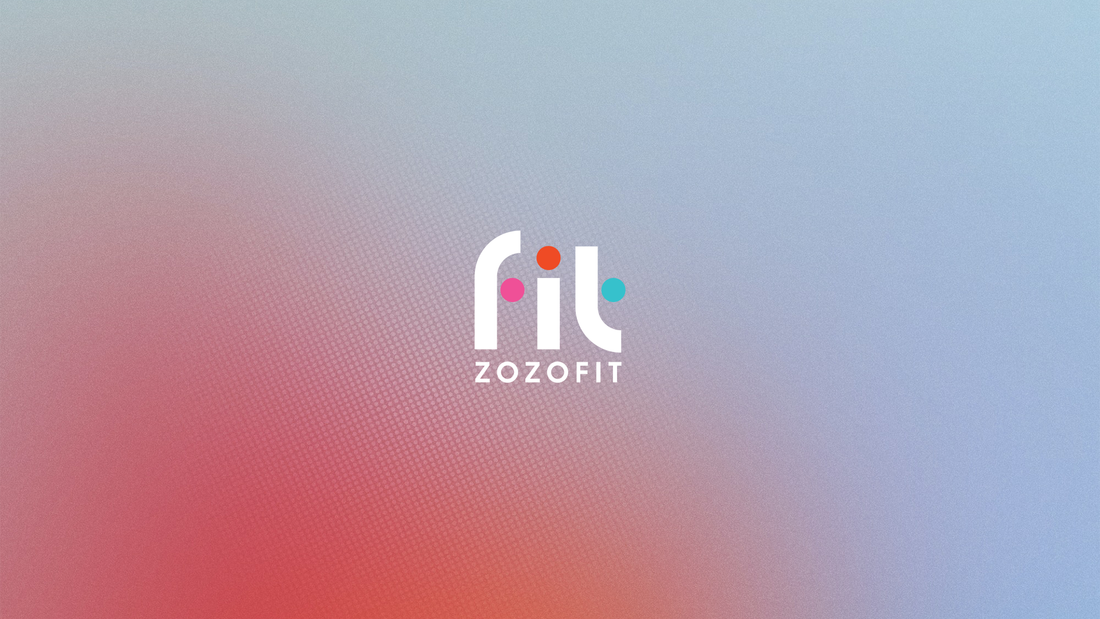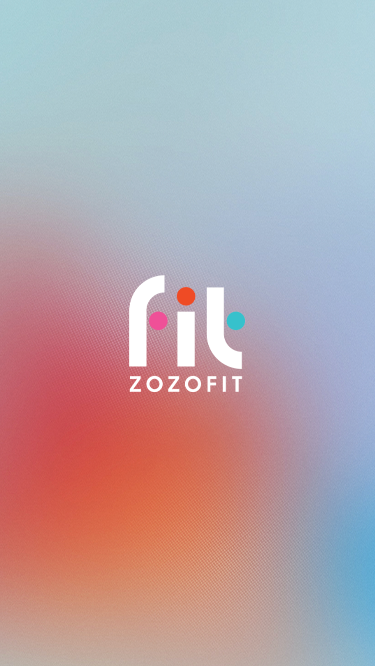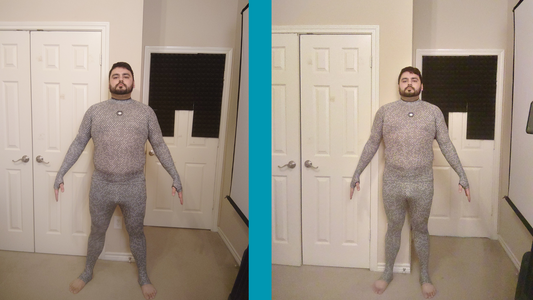

ZOZOFIT Tech Highlights: Enhancing Our App’s Body Fat Percentage Calculations
Body fat percentage is one of the ZOZOFIT app’s most popular measurements. Knowing your body fat percentage is key to understanding your overall health and managing your body composition.
From the beginning of ZOZOFIT, we have had a focus on always improving our methods so that ZOZOFIT customers have the most accurate measurements than can. Over the past several months, our developers have been continuing their work on our body fat percentage calculations.
Using Existing Models to Create Better Technology
ZOZOFIT developers have worked with two models in bettering our technology: the DEXA scan and the Navy method. Originally, we used the Navy method — which relies on external factors — to measure body fat percentage. This method isn’t as accurate as a DEXA scan, but is stable and specific.
A DEXA scan is like a “fancy X-ray,” said Duncan Eason, Senior Algorithm Developer/Technical Lead at ZOZO New Zealand.
“A normal X-ray can distinguish between bone and not bone. DEXA can distinguish three things: lean muscle or lean material, fat material, and bone. And then, [the DEXA scan] can do calculations to figure out the proportion of each.”
This makes the DEXA scan incredibly accurate, so at ZOZOFIT we want to match our readings to the DEXA scan readings the best we can.
To do this, Eason and his team collected both DEXA scan data and ZOZOFIT scan data from individuals, so they could compare the measurements of the same person across both types of scans.
Using this data, Eason has worked on training a machine learning model to predict a DEXA scan’s body fat percentage measurement using a ZOZOFIT scan.
“We don’t have an X-ray. We have a 3D model that is machine-learning and we want to use our model,” he said.
He hopes to see how the DEXA scan works compared to the Navy method in order to fine-tune ZOZOFIT’s body fat percentage measurement.
Moving Toward Accuracy
One of the problems with the Navy Method — while stable and specific — is that it can become inaccurate, especially on the ends of the body fat percentage spectrum.
“The Navy method has existed for ages and it only ever needed to be ‘good enough.’ The accuracy was never quantified.”
Since ZOZOFIT has collected sufficient data, we can better our modeling systems. For Eason, seeing the metrics is incredibly useful because it allows him to see body fat percentage measures across users and body types.
“The Navy method is just for ‘average’ people… and falls down a lot at the extremes. It’s those extremes that we particularly want to make better.”
On average, Eason says we are about four percent off with the Navy method, when compared to a DEXA scan. So this means if someone’s DEXA scan said they had ten percent body fat, the Navy method might say 14%.
“There was someone in our testing [whose] body fat percentage was around 45 percent [according to a DEXA scan]. We [ZOZOFIT] found it to be 48 percent, but the Navy method says it’s 33 percent,” Eason said.
“That highlights the difficulties we are facing.”
Now Eason continues to work on fine-tuning the body fat percentage measurement, and thus continuing to help improve ZOZOFIT’s technology. Our team's goal is to strive to deliver technology that will help our users, so our work is never done at ZOZOFIT.

![zf-w-[168px] zf-h-[40px]](http://zozofit.com/cdn/shop/t/15/assets/logo-desktop.png?v=117713855448369080381753069598)


